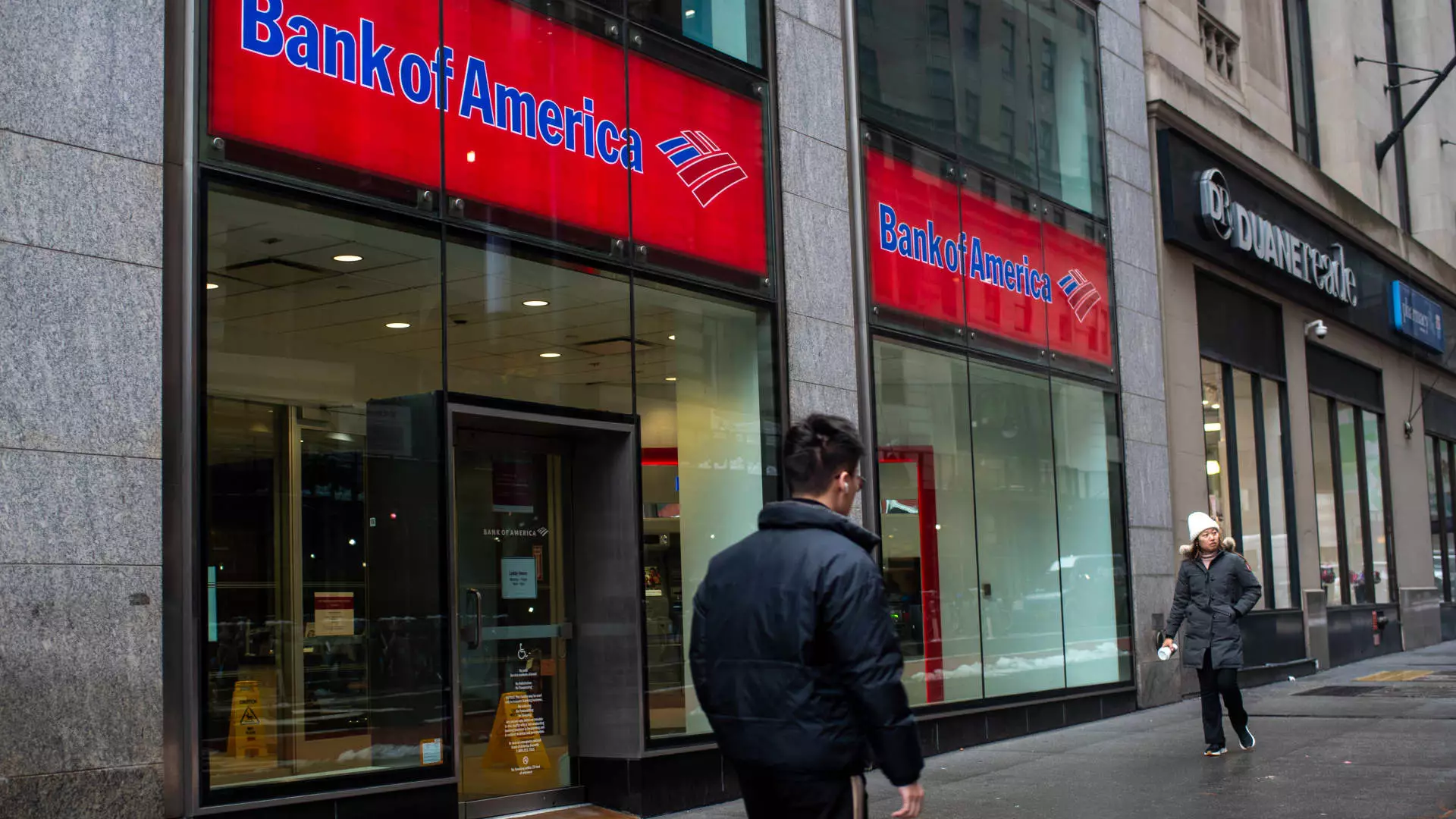In the often chaotic dance of market fluctuations, many investors cling to the comforting notion that dividend-paying stocks act as a safety net. While it’s tempting to see dividends as a passive income stream, their true power lies in resilience and strategic growth—traits not reserved for all dividend stocks. In the current environment, where geopolitical tensions are brewing (thanks to unpredictable tariffs and policy shifts), plain vanilla dividend yields are no longer sufficient. Investors who merely chase high yields without scrutinizing the companies behind them risk falling into a trap of superficial complacency. Instead, the real value emerges from stocks that demonstrate consistent growth in dividends, backed by robust earnings and prudent financial health.
Goldman Sachs’ recent focus on “dividend growth stocks” is insightful, yet I argue their selection—although impressive—is only part of a broader picture. Investors should heed that not all dividend payers possess the same resilience, nor do they all provide the same safety in turbulent times. High dividend yields can sometimes signal distress (a phenomenon known as “yield traps”), and relying solely on past performance or headline metrics can blind investors to emerging risks. The critical distinguishing factor remains a company’s ability to sustain and grow its dividends, which depends on its foundational earnings power and cash flow management. We need to move beyond surface metrics and adopt a more discerning lens—highlighting companies with strong coverage ratios, solid earnings stability, and a proven track record of dividend increases.
Financial Strength as Anchor — Why It Matters More Than Ever
For investors considering adding this shade of stability to their portfolios, understanding the nuances of financial health is paramount. The stocks Goldman Sachs favors are those with at least a 1x dividend coverage ratio—meaning earnings comfortably cover the payouts. This is a critical hurdle; anything less signals financial fragility and a potential cut in dividends when market storms hit. It’s no coincidence that banks like Citigroup, Wells Fargo, and Bank of America are included—they have passed rigorous stress tests and are signaling their strength through increased dividends. These institutions not only weathered recent economic headwinds but now stand ready to distribute profits back to shareholders, a sign of confidence and resilience.
However, putting money into sectors like utilities or real estate requires an even more nuanced view. NextEra Energy and American Electric Power symbolize this in Goldman’s portfolio—utilities that are traditionally considered safe, yet are not invulnerable to policy shocks and technological disruption. NextEra’s foray into renewables offers growth potential, but recent policy shifts—like the Trump administration’s executive order limiting subsidies—highlight the fragility of renewable investments. Meanwhile, American Electric Power’s year-to-date gains reinforce that traditional utilities with diversified generation assets remain relatively stable and capable of sustaining dividend growth even amidst policy uncertainties.
The Double-Edged Sword of “Growth” Stocks in a Defensive Strategy
In the current climate, the allure of dividend growth stocks hinges on their reputation for resilience and the promise of outsized returns. Banks and utilities on Goldman’s list exemplify this: they are slated to deliver dividend increases of 8-12% annually over the next two years. Nevertheless, I caution that emphasizing dividend growth alone can be a strategic trap if underlying earnings don’t keep pace. A high dividend-growth forecast with stagnant or declining earnings signals trouble ahead.
Consider Lowe’s—a name that epitomizes this dilemma. Despite an 8% CAGR in dividends, its stock has gone south by 9% year-to-date, illustrating that dividend growth alone isn’t sufficient. The company’s challenges in the housing market and shifting consumer preferences have not abated, serving as a reminder that even seemingly stable sectors can falter. Investors need to interpret dividend growth in the context of overall operational health, economic cycle positioning, and competitive positioning. Reliance on annual dividend hikes without regard to underlying earnings growth invites a perilous illusion of safety.
Similarly, American Homes 4 Rent, with its 3.3% yield, highlights that real estate investment trusts (REITs) are part of this narrative, yet their fortunes are heavily tied to broader economic factors like employment, interest rates, and housing demand. Their survival and dividend sustainability depend on careful management of property portfolios, rental income, and debt levels. A 5% drop year-to-date suggests that no sector is immune from macroeconomic swings, caution must govern the enthusiasm.
The Real Investor’s Choice: A Discerning Approach to Dividend Investing
Chasing the highest yields or the fastest dividend growth can backfire, especially if investors don’t scrutinize underlying fundamentals. For those adopting a center-right, market-savvy philosophy, the emphasis should be on disciplined investing—favoring companies with strong earnings, healthy cash flows, and transparent payout policies. While Goldman Sachs’ picks are a good starting point, savvy investors must look deeper—examining dividend coverage ratios, revenue stability, and sector-specific risks.
In these uncertain times, dividends are more than a source of income—they are a reflection of corporate prudence and resilience. Companies that maintain or grow their dividends regardless of economic volatility signal their capacity to withstand turbulence and seize opportunities when others falter. This approach aligns with a pragmatic centrist-liberal outlook—supporting a balanced, disciplined, and strategic method of wealth preservation and growth.
Ultimately, dividend investing is about more than just collecting checks; it’s about choosing resilient, forward-looking companies that uphold their commitments through economic cycles. That commitment is what distinguishes a safe, worthwhile investment from a dangerous yield trap. Investors who expand their horizon beyond superficial metrics and demand demonstrable financial strength will find the true undervalued opportunities lurking in a fragmented, unpredictable market landscape.

